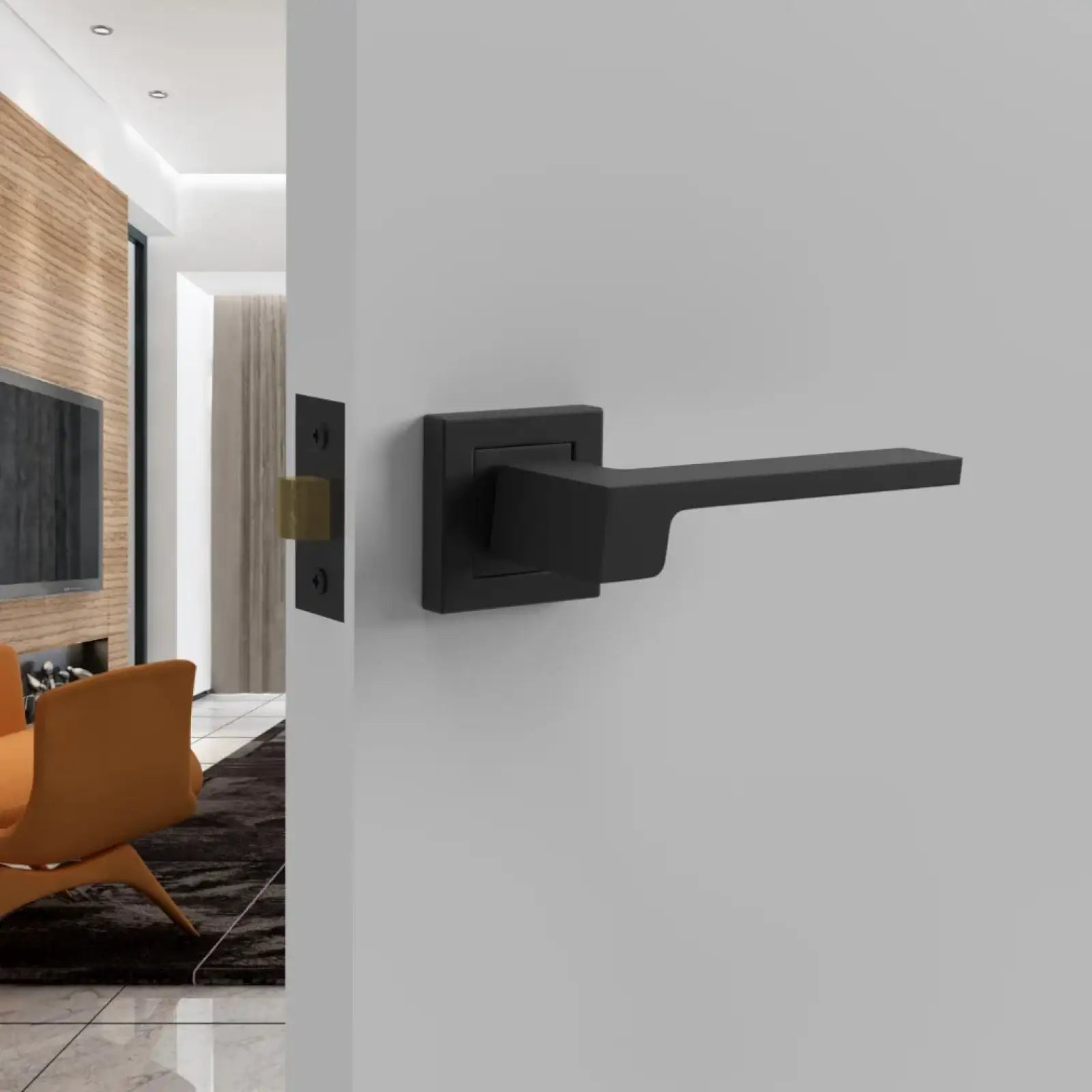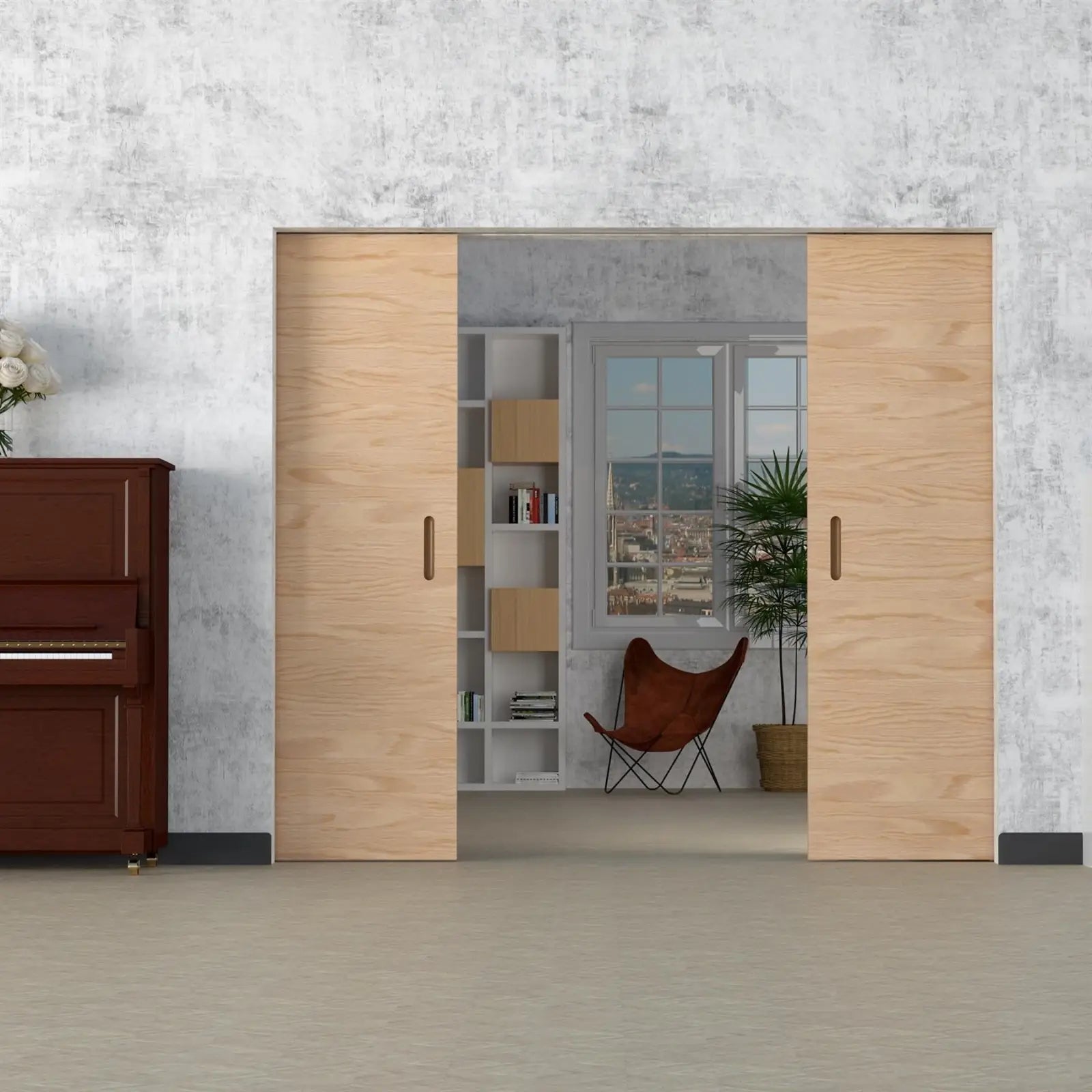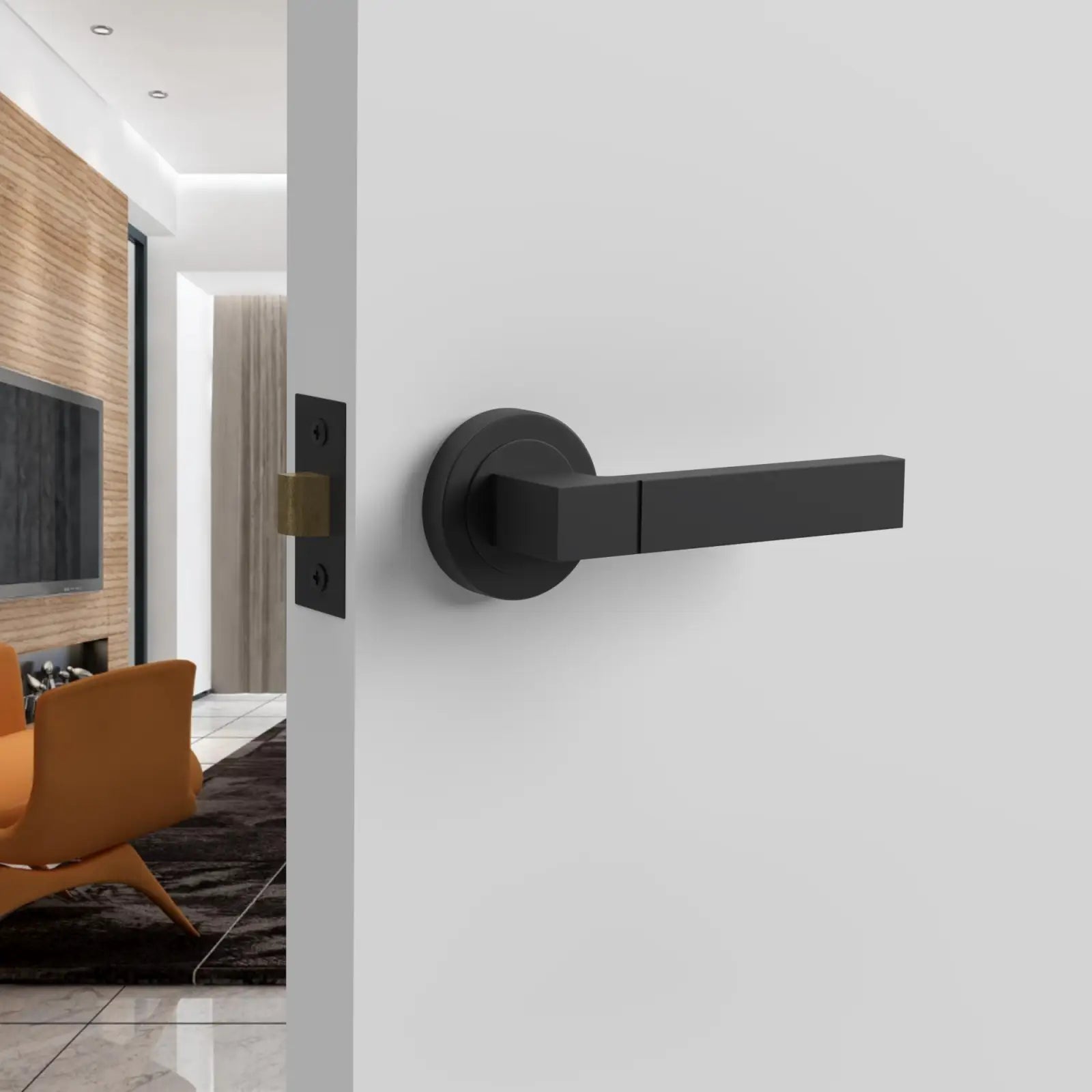Kitchen Cabinet Handle Placement Guide
The functionality and visual appeal of your kitchen can be greatly enhanced by correctly positioning kitchen cabinet handles. Whether you're planning a new kitchen or renovating your current one, knowing where and how to place cabinet handles is crucial. This guide will cover everything you need to know about kitchen cabinet handle placement to help you make informed decisions.
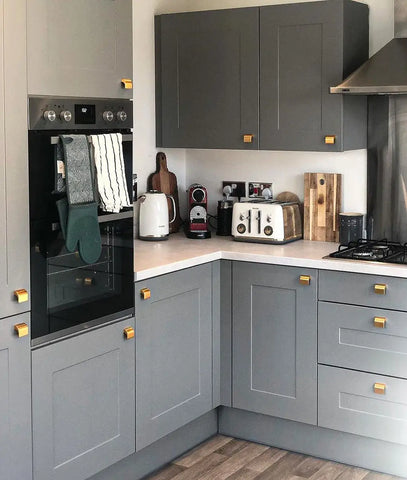
Understanding Kitchen Cabinet Handle Placement
Where to place handles on kitchen cabinets goes beyond mere convenience; it ensures that your kitchen operates smoothly and looks fantastic. By considering both ergonomic factors and design aesthetics, proper placement ensures that each handle is positioned in the most practical and visually pleasing manner.
Functionality and Ergonomics
Proper placement of cabinet handles is essential for smooth daily operation. T-Bar handles should be positioned to accommodate users of varying heights, ensuring easy and comfortable access.
For upper cabinets, placing handles along the bottom edge of the door allows for effortless opening while maintaining a clean, unobtrusive look. Lower cabinets benefit from handles positioned at the top edge, facilitating a natural grip and reducing strain, especially with heavier drawers.
Strategically positioning handles based on ergonomic principles enhances usability and contributes to a more efficient kitchen experience overall.
Aesthetics and Design Considerations
Cabinet handles contribute significantly to your kitchen's aesthetic appeal. Choose handles that harmonise with your cabinet design and overall decor scheme.
For a modern kitchen, opt for sleek, minimalist knobs or knurled T-Bar handles in matt black that complement clean lines and contemporary finishes. These subtle additions enhance a minimalist aesthetic without overwhelming the space.
Traditional or transitional kitchens may benefit from ornate handles that complement intricate cabinetry details. Handles with intricate designs or finishes like brushed nickel or antique brass can add elegance and timeless charm to the kitchen decor.
Standard Cabinet Handle Locations
Understanding where standard cabinet handles are typically placed can serve as a fundamental guide in designing your kitchen.
Upper Cabinet Handle Placement
Handles for upper cabinets are commonly positioned horizontally along the bottom edge of the cabinet door. This placement not only ensures ease of use but also maintains a sleek and uncluttered appearance, enhancing the overall aesthetic of your kitchen.
Lower Cabinet Handle Placement
For lower cabinets, handles are typically placed vertically along the top edge of the cabinet door or drawer front. This vertical placement allows for a natural grip, facilitating smooth opening and closing, which is particularly beneficial for larger and heavier drawers.
Factors Affecting Handle Placement
When determining where to place cabinet handles, several factors should be considered to optimize both functionality and appearance, ensuring a cohesive and practical kitchen design.
Cabinet Size and Height
The dimensions of your cabinets play a crucial role in determining where to place handles for optimal usability and aesthetic appeal.
Smaller cabinets benefit from handles positioned closer to the edges, as this placement maximizes space efficiency and ease of access. On the other hand, taller cabinets may require handles slightly higher up to accommodate different user heights comfortably.
By aligning handle placement with cabinet size and height, you ensure both functionality and ergonomic comfort in your kitchen.
Door and Drawer Dimensions
When selecting handle placements, consider the specific dimensions of your cabinet doors and drawers. Larger doors often benefit from longer handles or multiple handles to maintain balance and ease of use. This not only enhances practicality but also contributes to the overall visual symmetry of your kitchen design.
Conversely, smaller drawers may require smaller, more discreet handles that do not overpower the cabinet's scale. By matching handle sizes to door and drawer dimensions, you can achieve a harmonious and well-proportioned appearance throughout your kitchen.
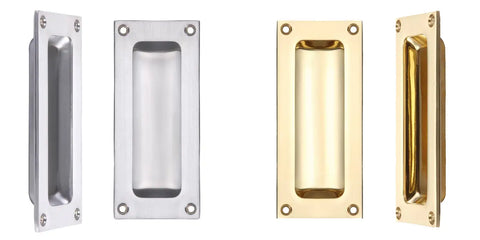
Mixing and Matching Cabinet Hardware
Mixing and matching cabinet hardware offers a creative opportunity to elevate your kitchen's design with depth and character.
Coordinating Handle Styles and Finishes
Choosing handles that harmonise with the style and finish of your cabinets is essential for achieving a cohesive look. Opt for matching metals and finishes for a unified appearance that complements your kitchen's decor theme.
Alternatively, mixing styles can create an eclectic yet coordinated aesthetic, blending modern elements with traditional touches for a personalised and inviting space.
Combining Different Handle Locations
Introducing variation in handle types and placements can enhance visual interest and functionality across your kitchen. For instance, pairing long vertical handles on drawers with shorter horizontal handles on cabinet doors creates a balanced and dynamic look. This approach not only diversifies the visual texture of your cabinetry but also allows for tailored ergonomic solutions, ensuring that each handle is strategically placed for ease of use.
Installation and Adjustment Tips
Proper installation is crucial for ensuring that your cabinet handles not only function well but also enhance the aesthetic appeal of your kitchen.
Measuring and Marking for Cabinet Handles
Before drilling any holes, it's essential to accurately measure and mark where each handle will be placed. Use a template or a jig designed for cabinet hardware to ensure consistency across all cabinets.
- Template Usage: Position the template on the cabinet door or drawer front. Mark the spots where the holes need to be drilled for each handle.
- Double-check Measurements: Measure twice to ensure precision. Verify that the marks are aligned and evenly spaced, especially if you have multiple cabinets.
Drilling and Securing Cabinet Handles
Once you've marked the positions, proceed with drilling and securing the handles.
- Choose the Right Drill Bit: Select a drill bit size that matches the diameter of the screws provided with your handles. This ensures a snug fit and prevents the screws from becoming loose over time.
- Use a Drill Guide or Jig: To maintain accuracy during drilling, consider using a drill guide or jig. These tools help keep the drill perpendicular to the surface, minimising the risk of drilling at an angle or damaging the cabinet surface.
- Secure Screws Firmly: After drilling, insert the screws through the handles into the pre-drilled holes. Tighten them securely but avoid over-tightening, which could strip the screws or damage the cabinet material.
ADA Guidelines for Cabinet Hardware
Inclusive design is essential when installing cabinet handles, particularly in kitchens where accessibility is crucial. Adhering to ADA guidelines ensures that your kitchen is user-friendly for individuals with limited mobility or disabilities.
- Reach and Operation: Handles should be placed at a height and distance that allow easy reach and smooth operation, especially for individuals using wheelchairs or with limited dexterity.
- D-Shaped Handles:Consider using D-shaped handles, which provide a larger gripping area and are easier to grasp compared to round knobs.
Trend Watch: Kitchen Cabinet Handle Styles
Staying updated on current trends in kitchen cabinet handle styles allows you to choose handles that not only complement your kitchen's design but also enhance its functionality.
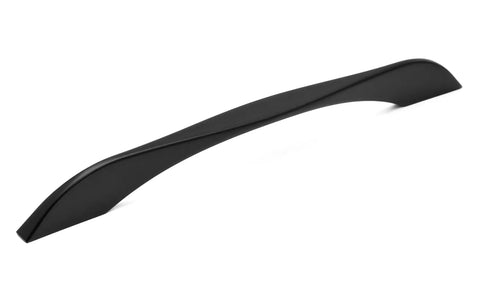
Modern Handle Designs and Placement Trends
- Long, Horizontal Handles: Popular in modern kitchens, these handles often span the length of cabinet doors, offering a sleek and contemporary look.
- Handle-less Designs: Minimalist kitchens often opt for handle-less cabinet fronts, achieved through push-to-open mechanisms or integrated handles.
Traditional and Transitional Handle Locations
- Traditional Elegance: Classic kitchens often feature more ornate handles placed at standard heights, adding a touch of traditional charm.
- Transitional Blends: Transitional kitchens combine elements of both modern and traditional styles, allowing for flexibility in handle placement and design.
Discover Decor and Decor’s extensive selection of premium kitchen cabinet knobs. From sleek modern designs to timeless classics, our stylish hardware solutions are crafted to effortlessly enhance your kitchen's style and functionality.
FAQs
Is there a standard height or distance from the cabinet edge for placing handles on upper and lower cabinets?
Handles are typically placed around 2.5 – 5 cm from the edge of the cabinet door or drawer front to ensure ergonomic use. Adjust this measurement slightly based on the size of your cabinets and what feels comfortable for daily use.
How can homeowners ensure proper handle placement for individuals with limited mobility or disabilities?
Follow ADA guidelines to ensure handles are not only positioned within easy reach but also designed for effortless operation. Considering D-shaped handles can further facilitate accessibility by providing a more substantial grip area.
Can cabinet handles be placed horizontally or vertically, or are there specific recommendations based on cabinet orientation or style?
Cabinet handles can indeed be positioned either horizontally or vertically, depending on your personal preference and the style of your kitchen. Horizontal handles are particularly practical for drawers, while vertical handles often complement taller cabinet doors more effectively.



